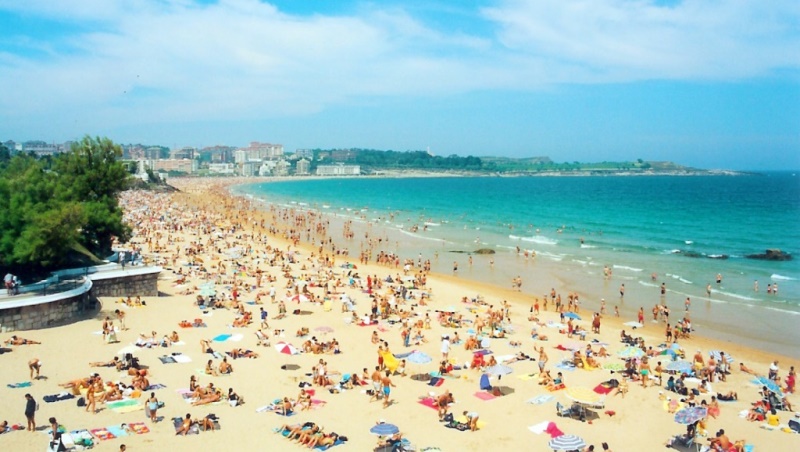Idealista Spain Reviels Analysis of the Real Estate Market in 2023 and Forecasts for 2024. 2023 will end with a contradictory balance in the real estate market: mortgages fall and the volume of operations suffers after a relevant year like 2022, but prices continue to rise, driven by an even greater demand than a decreasing supply.
Rental market
Prices. Rent continues to be a big problem for Spanish families, according to Idealista Spain. The housing law approved in May, far from alleviating or solving the problems that the market has been experiencing for four or five years, after the progressive tightening of regulation, has had a perverse effect: the massive overregulation has ended up reducing the market rent to levels not seen in the last decade.
This year, the high prices have been compounded by the disappearance of a large part of the supply, which has increased the anxiety of those who need to find a home. Renting a home is, at the end of November, 9.2% more expensive than a year ago, reaching 11.9 euros/m2. In the large markets, the price increases are even more relevant, reaching 21.6% in Valencia, 19.3% in Palma; 15.2% in Malaga; 14.4% in Barcelona or 12.4% in Madrid.
Offer. In parallel, the supply of permanent rental housing has been reduced by 12% in the same time and continues to fall sharply in the main markets, falling by 26% in Madrid, 23% in Malaga and 12% in Barcelona.
Seasonal rental. During the second half of the year, and after the approval of the Housing Law, seasonal rentals have appeared very strongly, which is becoming the favorite option of many owners who decided to take their homes off the market and have returned them with this temporary option that is not under the umbrella of the Housing Law. At the end of the third quarter, this type of rentals already represented 10% of the entire offer in Spain and experienced a growth of 40% in the last year. This type of rentals already represent 32% of the total in San Sebastián and 28% in Barcelona, while they are still at 11% in Madrid and 15% in Malaga.
Everything indicates that these percentages will grow in the last quarter of the year and that the weight of seasonal rentals will continue to increase in the large markets, which will further reduce the possibilities of families seeking to establish their home in them, increasing prices and tightening the profiles required by the owners, who, as there are fewer homes on the market and more people looking for them, will focus on the profiles that offer them more legal security and against non-payments.
Cost-effectiveness. Idealista Spain says that among the Spanish capitals, Murcia and Lleida are those that offer the highest profitability for investors who buy a home to put it on the rental market, since they reach 8.3% and 8% respectively, followed by Huelva, which reaches 7.6%. With returns greater than 7% are Jaén (7.3%) and Castellón (7%). On the contrary, San Sebastián is the city where profitability is lowest (3.8%), followed by Palma (4.5%), Pamplona and A Coruña (4.7% in the two cities), Cádiz and Pontevedra They also share a percentage (4.8%). In Madrid, the profitability reaches 5.2% and in Barcelona, it reaches 5.8%.
By 2024, it is possible that profitability will increase in very dynamic markets such as Madrid or Barcelona due to the higher growth rates expected in the rental market compared to the purchase market. On the contrary, it is possible that in other areas with less demand profitability will remain stable or even decrease slightly.
Vicious circle for tenants. In Spain, the effort to rent is greater than that of buying. In order not to allocate more than 30% of income to pay rent (maximum recommended amount), it is necessary to earn 31,550 euros net per year per family while, in the case of purchase, paying the mortgage requires earning 21,561 euros net, although it has the barrier of having to contribute 30% of the value of the home in advance. That is, renting requires 46% more income but avoids having to contribute prior savings.
People who rent pay more than those who pay a mortgage, so it is more difficult for them to save to obtain the necessary savings and it makes it impossible for them to make the leap to home ownership. The best way to break this vicious circle is through a change in rental policies that significantly increases the supply of rental homes, relaxing the tension on them and achieving a downward trend in prices that increases the savings capacity of the residents. families to face entry in the future, according to Idealista Spain.







